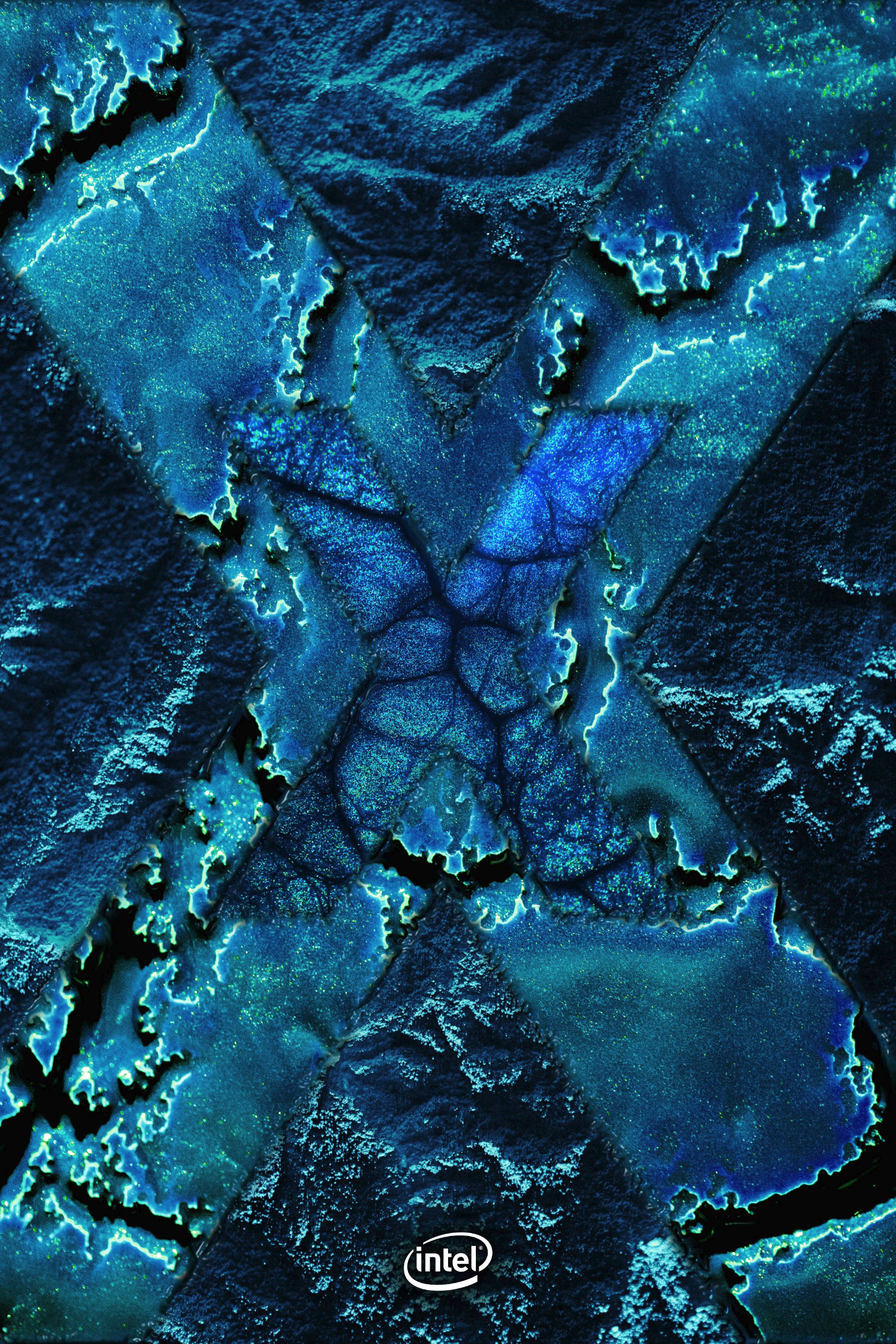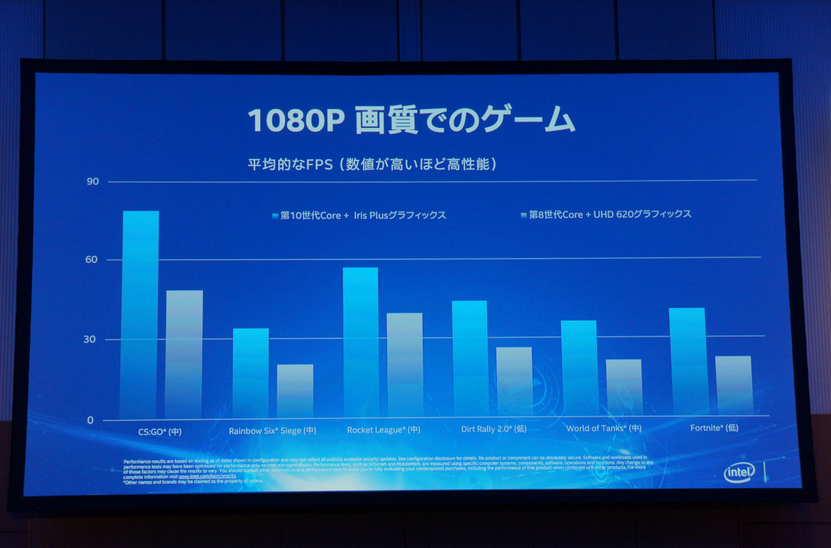Ray Tracing Galore: Intel's Xe Graphics Reported to Join the Bandwagon
Editor's Note: An Intel representative reached out to Tom's Hardware to express that comments made about Gen 12 and ray-tracing have been mistranslated. Intel says that Kenchiro Yasu didn't bring up ray-tracing, he didn't use the phrase "Gen 12" as nomenclature for the Xe graphics in Tiger Lake processors, or mention a target frame rate of 60 fps. Intel did previously announce ray tracing support at the FMX graphics trade show in Germany. The original story is below.
It’s no secret that Intel is working on a new GPU architecture, Xe, ever since the company hired Raja Koduri. Recently, he tweeted a picture hinting at a 2020 Intel Xe graphics card release, and now it seems that some of these models might come with ray-tracing support.
Supposedly, the Xe GPUs will range from entry-level mobile units, integrated into the CPUs, up to data center GPUs and discrete graphics cards for gaming, and are expected to come out in tandem with Intel’s 7nm process.
Today brings us two new bits of information. For starters, the integrated Mobility Xe iGPUs in Tiger Lake chips should offer twice the performance of Gen11 iGPUs, with the goal to deliver 1080p gaming at 60 fps for many titles.
This was detailed by Intel’s Director of Tech Kenichiro Yasu at IDC in Tokyo when showcasing some benchmarks for the Iris Plus GPUs, which didn’t quite do the trick yet to hit the 60 fps mark. Do note that the statement was phrased as 60 fps as a target where Iris currently hits 30 fps. Given that this industry is renown for over-promising, we’re keeping our fingers crossed for the time being about the level of significance we can expect from this performance bump.
Moreover, however, now that Nvidia has been working hard on marketing Ray tracing, it appears Intel will also be joining the force. It shouldn’t come as a surprise, given that AMD has also been working on its own ray-tracing solutions. Ray tracing for Intel’s Xe GPUs is said to be limited to the discrete graphics cards.
Thus far, the hopes are high for Intel’s Xe GPUs, and hardly a month goes by without some new rumor showing up that raises the stakes even further. With Koduri on board, this is Intel’s time to shine in the GPU department. Now that Nvidia has a working Ray tracing platform and AMD is also joining in, Intel has to participate accordingly if it wants any chance at competing in the high-end GPU market. Ray tracing might not yet be what we want it to be, but Nvidia’s RTX cards were only the first consumer-level implementation. In due course, chances are ray tracing will become more widely supported in leading game titles.
Get Tom's Hardware's best news and in-depth reviews, straight to your inbox.
Niels Broekhuijsen is a Contributing Writer for Tom's Hardware US. He reviews cases, water cooling and pc builds.
-
jimmysmitty It isn't really a surprise that Intel is going to push RT in their discrete GPUs. Larrabees major demo was Half Life 2: Lost Coast using Ray Tracing, at the time HL2 was one of the best looking games and RT made it even better. They also did a Wolfenstein demo using RT.Reply
This only will help to push it into a more mainstream product. However what will help the most is a unified API so that it is not a feature only enabled on certain GPUs like with nVidias Gameworks. While there is no problem having some specialized features something as core as ray tracing should be much like Tesselation or rasterization, a basic standard that all GPUs can use if they are capable of doing it.
I just wonder if they plan to go the same route as nVidia, hardware based, or if they plan to do what AMD currently has, software based. I think hardware based is the best route although more expensive until it becomes more common place. -
JayNor From the reports I've seen, Intel use of "ray tracing support" could mean some cpu/gpu integration software support. The articles on World of Tanks ray tracing is the type of support I'm expecting in the first chips, although I wouldn't be surprised if some aspects of that have been enhanced.Reply
https://wccftech.com/world-of-tanks-intel-ray-tracing/ -
kinggremlin Replyjimmysmitty said:This only will help to push it into a more mainstream product. However what will help the most is a unified API so that it is not a feature only enabled on certain GPUs like with nVidias Gameworks. While there is no problem having some specialized features something as core as ray tracing should be much like Tesselation or rasterization, a basic standard that all GPUs can use if they are capable of doing it.
I just wonder if they plan to go the same route as nVidia, hardware based, or if they plan to do what AMD currently has, software based. I think hardware based is the best route although more expensive until it becomes more common place.
DXR is free to implement by any company just like any other DirectX library. Nvidia's RTX is not a proprietary ray tracing API. It's just the marketing name Nvidia uses for its hardware acceleration of Microsoft's DXR. -
bit_user Reply
That's not remotely comparable to Nvidia's solution. This is just a stop-gap and a way to give developers some early experience with their new rendering APIs.JayNor said:From the reports I've seen, Intel use of "ray tracing support" could mean some cpu/gpu integration software support. The articles on World of Tanks ray tracing is the type of support I'm expecting in the first chips, although I wouldn't be surprised if some aspects of that have been enhanced.
https://wccftech.com/world-of-tanks-intel-ray-tracing/ -
bit_user Reply
As @kinggremlin said, Microsoft's DXR is all about that.jimmysmitty said:However what will help the most is a unified API so that it is not a feature only enabled on certain GPUs like with nVidias Gameworks.
Nvidia currently has a software-based option, as well, for Pascal and newer GPUs. Also, it's only remotely usable for games using modest ray tracing features.jimmysmitty said:I just wonder if they plan to go the same route as nVidia, hardware based, or if they plan to do what AMD currently has, software based. I think hardware based is the best route although more expensive until it becomes more common place.
Tom's even did an in-depth comparison, but I'm not readily finding it. Anyway, here's a taste:
https://www.engadget.com/2019/04/11/nvidia-shows-how-much-ray-tracing-sucks-on-older-gpus/
The performance of a true hardware engine is an order of magnitude greater. Anyone serious about ray tracing support will need to go that route. -
JayNor This has a correction by Intel ... no hardware ray tracing confirmed for the first Xe chips.Reply
https://www.pcworld.com/article/3445421/no-intel-didnt-confirm-its-discrete-xe-gpus-will-support-ray-tracing.html -
jimmysmitty Replybit_user said:As @kinggremlin said, Microsoft's DXR is all about that.
Nvidia currently has a software-based option, as well, for Pascal and newer GPUs. Also, it's only remotely usable for games using modest ray tracing features.
Tom's even did an in-depth comparison, but I'm not readily finding it. Anyway, here's a taste:
https://www.engadget.com/2019/04/11/nvidia-shows-how-much-ray-tracing-sucks-on-older-gpus/
The performance of a true hardware engine is an order of magnitude greater. Anyone serious about ray tracing support will need to go that route.
Well yea. Ray Tracing is very hard on hardware. Its like insane AA only more insane.
JayNor said:This has a correction by Intel ... no hardware ray tracing confirmed for the first Xe chips.
https://www.pcworld.com/article/3445421/no-intel-didnt-confirm-its-discrete-xe-gpus-will-support-ray-tracing.html
Thats too bad but understandable. I am sure they want to get their foot in the door first before trying to throw everything in.



